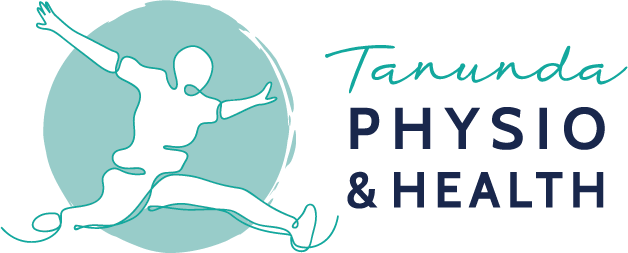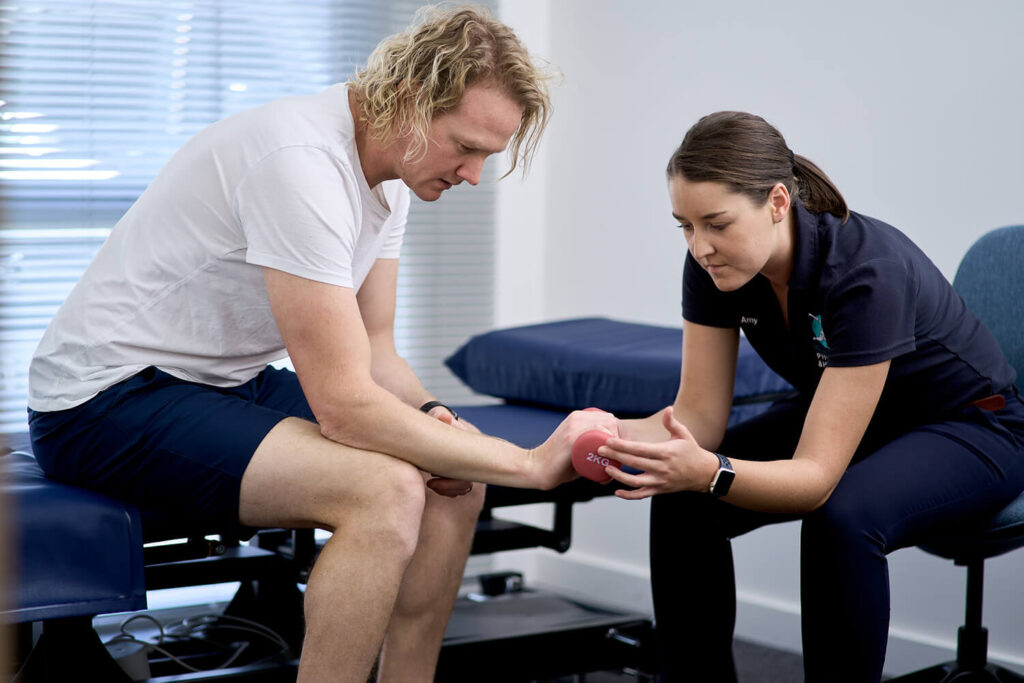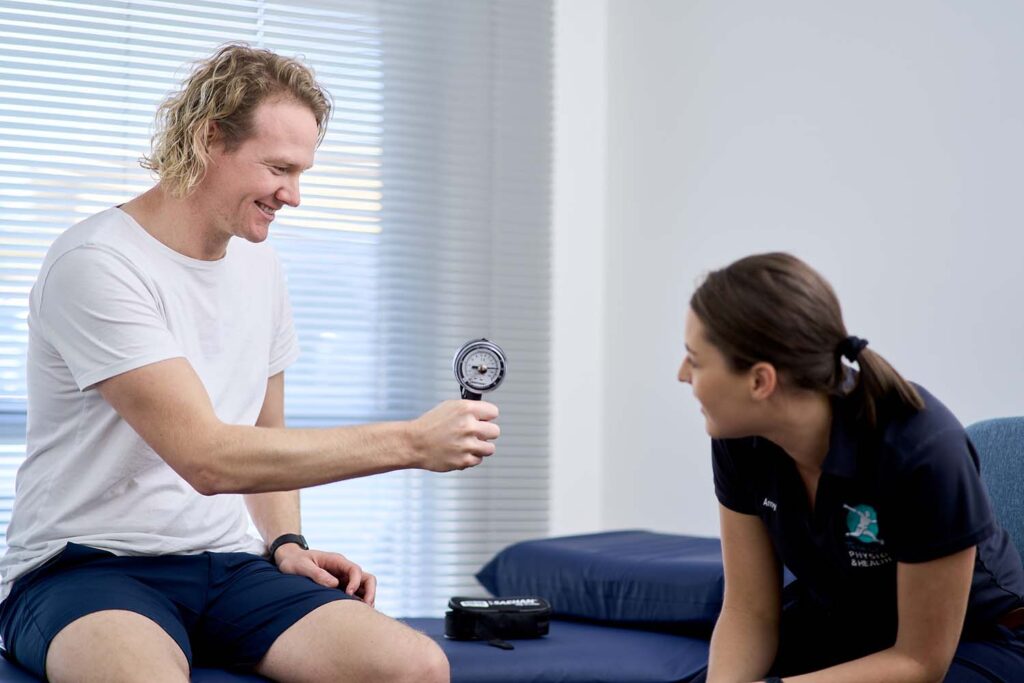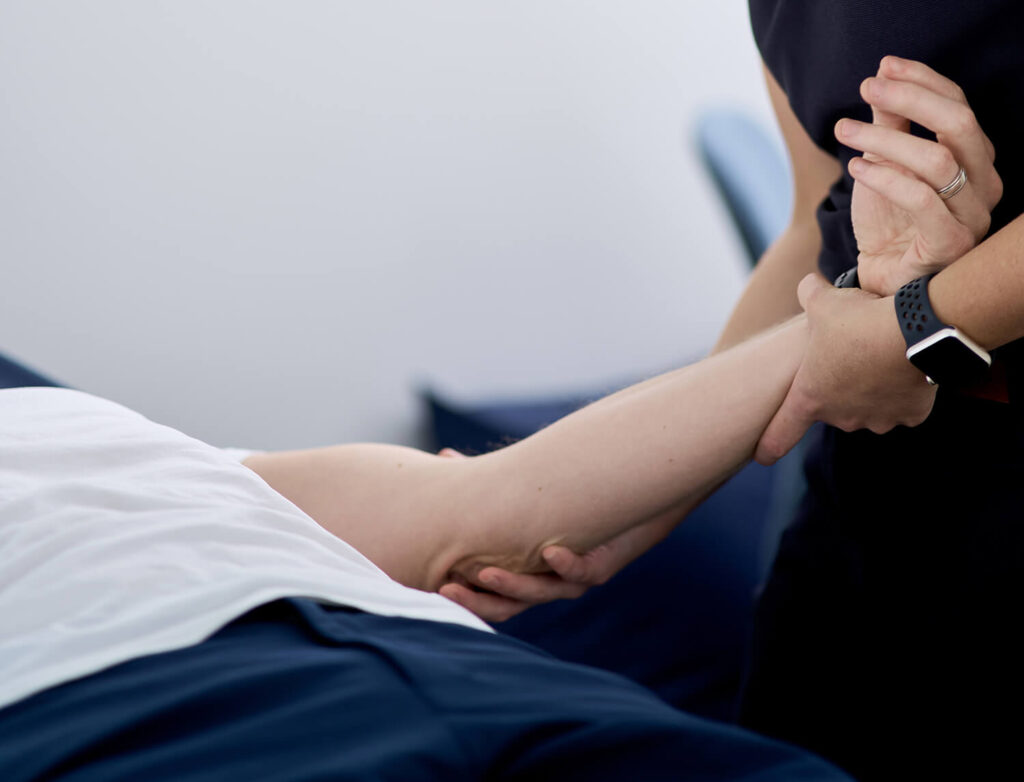Lateral Epicondylalgia also known as tennis elbow is an extremely common condition and typically affects people aged between 30 and 50 years. Those that have…
Tennis Elbow – elbow pain that probably has nothing to do with tennis!
What is Tennis Elbow?
Despite the name, only 5% of people suffering from tennis elbow relate the injury to tennis! Tennis elbow is a type of teninopathy affecting the long forearm muscles which bend your wrist back and open your fingers. These muscles come together to form a single tendon that attaches just above the outside of your elbow.
Overuse of these forearm muscles can put too much strain on the tendons and muscles. This may lead to tiny tears and inflammation.

When can it occur?
Tennis Elbow is related to repetitive activity involving gripping or lifting. It is commonly seen in Electricians, carpenters, gardeners, and desk workers. Racquet and throwing sports are also common causes.
While usually from long term overuse, it can also be due to returning to an activity you haven’t done for a long time. If you return to the same amount of work you did previously, your forearm muscles may not be used to the stress, and become tight and painful.
Other causes include a change of tennis racquet or swing technique, a new hand tool, or a separate injury to another body part. All of this can change how we move and put extra stress on your forearm muscles.
Symptoms of Tennis Elbow
- Pain on the outside of the elbow which can radiate down the forearm into the hand, or sometimes up into the upper arm.
- Twisting motions like turning door handles can cause pain.
- Weakness in the arm, especially when gripping things.
- Pain when opening the hand, bending the wrist back or straightening the elbow.
- People with Tennis Elbow tend to change the way they move because the arm is painful to use, this can also lead to added neck or shoulder pain.
Why seeing a physio is important
Tennis Elbow is a common issue. However, it isn’t necessarily simple. Different cases may require various approaches, such as rest, strengthening exercises or a combination of both.
It is also important to assess why it started in the first place. It may be an increase in work hours, new equipment, or a shoulder issue making you use your arm differently.
Lastly, elbow pain can be caused by things other than Tennis Elbow.
This is why we recommend seeing a Physiotherapist for a proper assessment. We can help you work out what is going on, and tailor management to your individual situation. We can also take a wider look to see what other factors might be contributing, so that we can prevent the pain from coming back.
Treatment for Tennis Elbow
After a thorough assessment, a variety of methods can be used, such as;
- Manual therapy, which can include specific hand therapy exercises
- Bracing, stretching, ice and heat can be used to give you pain relief and control inflammation.
- Exercises to strengthen the muscles so that they can handle the work they need to do.
- Exercise management plan for a gradual return to activity.
A quick word on Cortisone injections
In severe cases, a doctor may recommend a cortisone injection – a strong anti-inflammatory. While they can be very effective at reducing pain, they can give the false illusion that everything is fixed.
As repeated cortisone injections can have some negative side effects, they need to be used for right reasons- to help relieve pain and allow you the opportunity to strengthen the muscles and address the cause.







